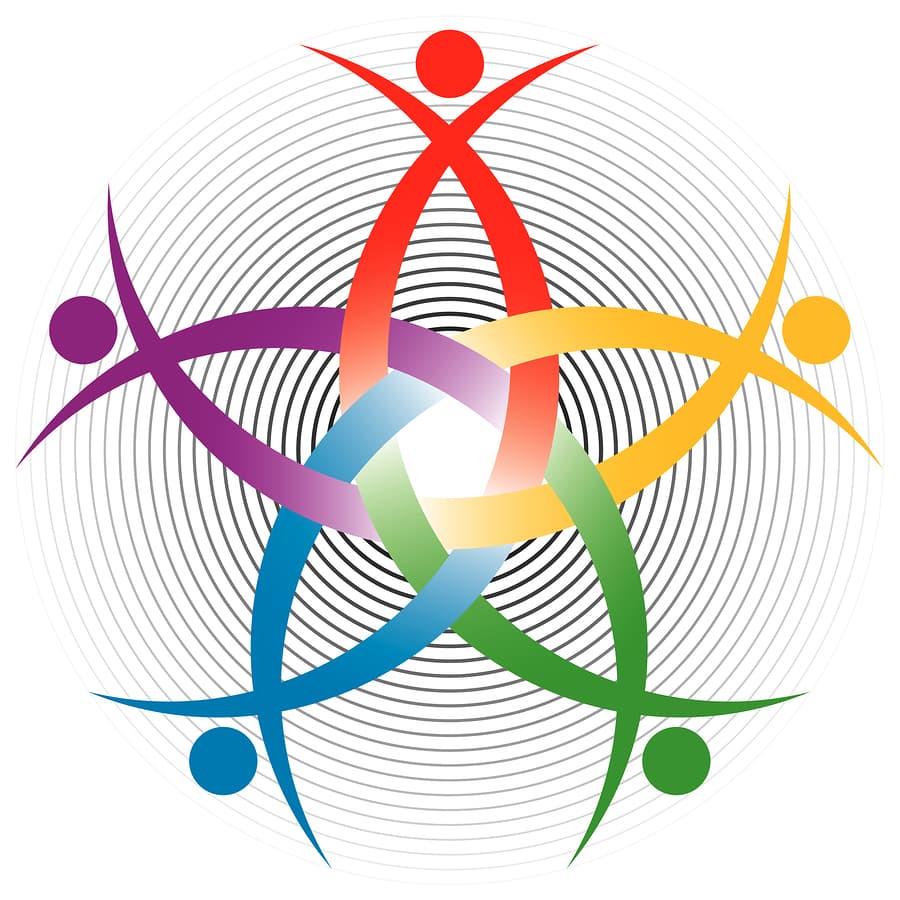What does it mean to truly work human? The answer is as complex as humanity itself, but centers on enabling our people to bring the fullness of their humanity into the workplace for the benefit of their colleagues, their customers, the company, and the community. (To learn much more, join us at the annual WorkHuman conference,)
A key part of making work more human is, of course, creating a human workplace. And now friend and repeat WorkHuman speaker Andy Swann has written the book on it – “The Human Workplace.” As the founder of Simple Better Human, a specialist agency that helps major organizations and global brands thrive, Andy knows what he’s talking about, defining a human workplace this way: “The human workplace is one that adapts, innovates fast, involves everyone, communicates, understands and acts in perpetuity. It creates relationships rather than transactions.”
There is much to consider when creating a workplace fit for humans, and Andy tackles them all thoroughly. The thread running through every element, however, is connection. A truly human workplace has connection at its heart. The need to connect with others, to a purpose and through action is a basic human need. Andy elegantly outlines these and other critical elements of connection, which I highlight below along with key quotations from the book to illustrate.
Purpose – Humans are wired to want to contribute to something bigger than themselves, to know we are having an impact on something of importance.
“The organizations of the future are no longer machines or systems, they are movements. To make a successful human workplace, you need to start a movement.”
Values/behaviors – Humans are also willful creatures. Restraining that will results in also restraining creativity, passion, and influence. Yet some level of control is needed in workplaces to keep humans from running amok. Defining clear parameters, along with what matters to organization success, frees people while offering necessary guidance. Most organizations have these today in the form of core values or similar.
“When people are unleashed to be amazing on their terms (within the parameters of the organization), their potential is unlocked.”
People/community – Humans crave connection. We see it in our family structures and in our friendships. Why would we ignore that need in the workplace? Instead, we should facilitate and foster it.
“Families are based on human relationships, not transactions. In a family, it matters who someone is, not just what they do … Valuing people as people reinforces the connection. It’s a balance of thanking, trusting, listening, and rewarding. It’s about a wider connected contribution, rather than a two-way exchange.”
Ability to contribute – A good deal of frustration in the workplace arises when people don’t know or don’t fully understand how their day-to-day efforts contribute in a meaningful way. Making valuable contributions and knowing that your contributions are valuable (and those are two different things) are both critical in a human workplace.
“Valuing your people is about valuing their contribution as part of the community, not bowing down in thanks because they show up. It’s a two-way thing. Contribution is exactly that and a condition of membership in the community.”
Continuous feedback – To know our contributions are valuable, we need feedback on it. Receiving feedback (and giving it) across the spectrum from constructive to positive and up and down the hierarchical chain helps us grow and develop.
“Every individual is in perpetual beta, seeking to develop and do their best work … In the community of a human workplace, feedback … is part of recognition. Recognizing the contribution, successes, and developmental needs of each individual, in order for them to participate fully in the community. When everyone is able to do that, the community benefits.”
Authenticity – Humans can detect sincerity as well as in-authenticity quite easily in most cases. Building and strengthening connections requires authenticity, trust, and fairness.
“Connecting people with the organization … needs to be authentic. Human workplaces are built on real connections and anything not done for the right reason will be recognized for what it is, because the power is with the crowd.”
What other steps can you take to create a more human workplace? These three themes run through Andy’s book, which is filled with case studies from organizations and people around the world:
- Simplify – Reduce complexity. What’s the minimum viable solution that removes distractions and unleashes human creativity and talent? “There is absolutely no valid reason to make things more complicated than they need to be.”
- Offer freedom and flexibility – Give people the space they need, in work style and in work location, to bring their full creativity to the fore – as long as they act within established guidelines and parameters. “The challenge for traditional organizations is how to force people to do their best work. The challenge for a human organization is how to enable people to do their best work.”
- Measure success – Be sure people take responsibility for contributions and outcomes. As Lee Mallon, founder of Rarely Impossible, says in one case study, “An organization’s legacy is not defined by their performance, accolades or profits but for the collective human moments that they create – the welcoming smile; a supportive colleague; the customer call that starts at 4:59 pm.”
In the new year, what can you do to create a more human workplace – for yourself, your team and your organization?
